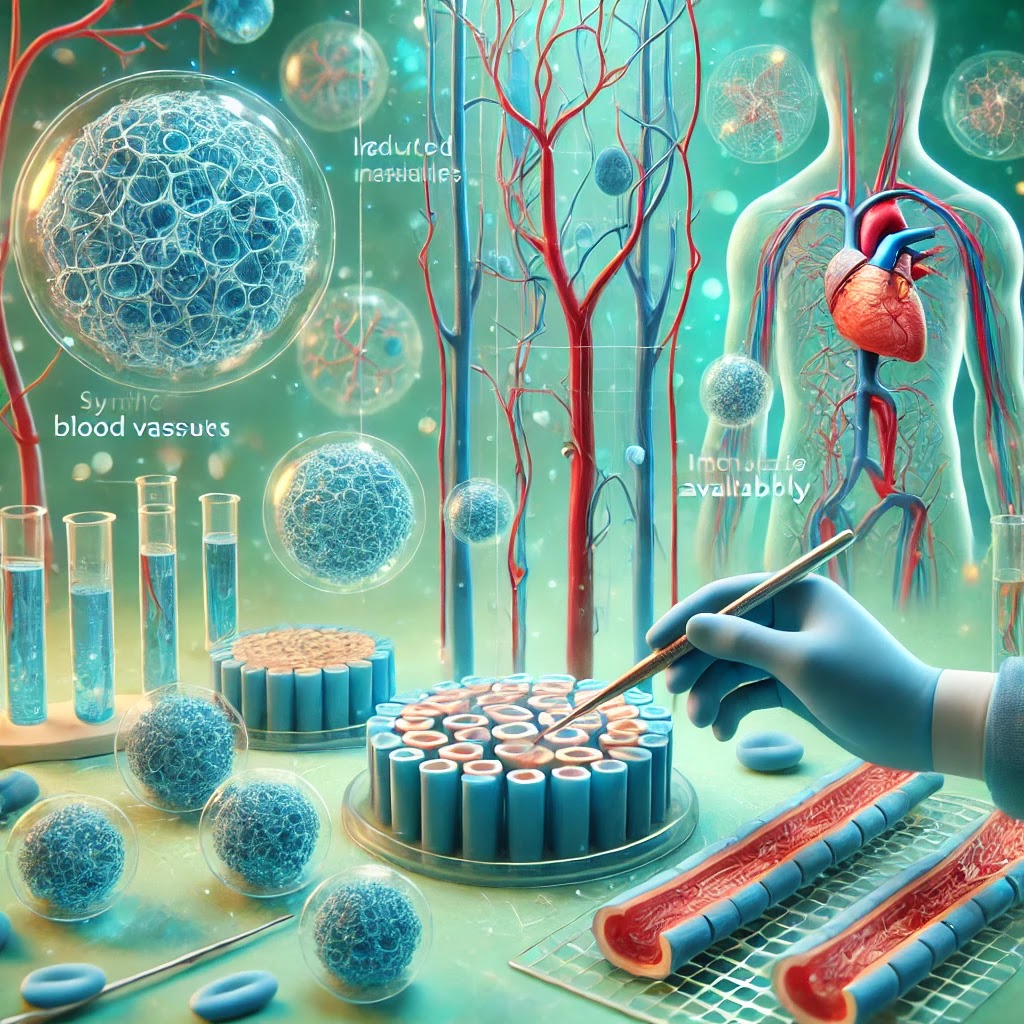Radiation-Resistant Organisms for Mars Colonization
Problem Statement: The Challenge of Cosmic Radiation on Mars As humanity sets its sights on Mars colonization, one of the most significant challenges we face is cosmic radiation. Unlike Earth, Mars lacks a protective magnetic field and has a thin atmosphere, exposing its surface to harmful cosmic rays and solar radiation. This radiation poses severe risks to human health, including increased chances of cancer, damage to DNA, and degradation of electronic systems. Additionally, radiation adversely impacts potential agricultural systems, reducing the viability of growing food on Mars. Addressing this challenge is critical to making Mars a habitable planet for long-term human settlement. Solution: Harnessing Radiation-Resistant Organisms Advances in biotechnology offer a promising solution: utilizing radiation-resistant organisms to shield humans, equipment, and crops from harmful radiation. The most notable organism in this regard is Deinococcus radiodurans, often called "Conan the...

